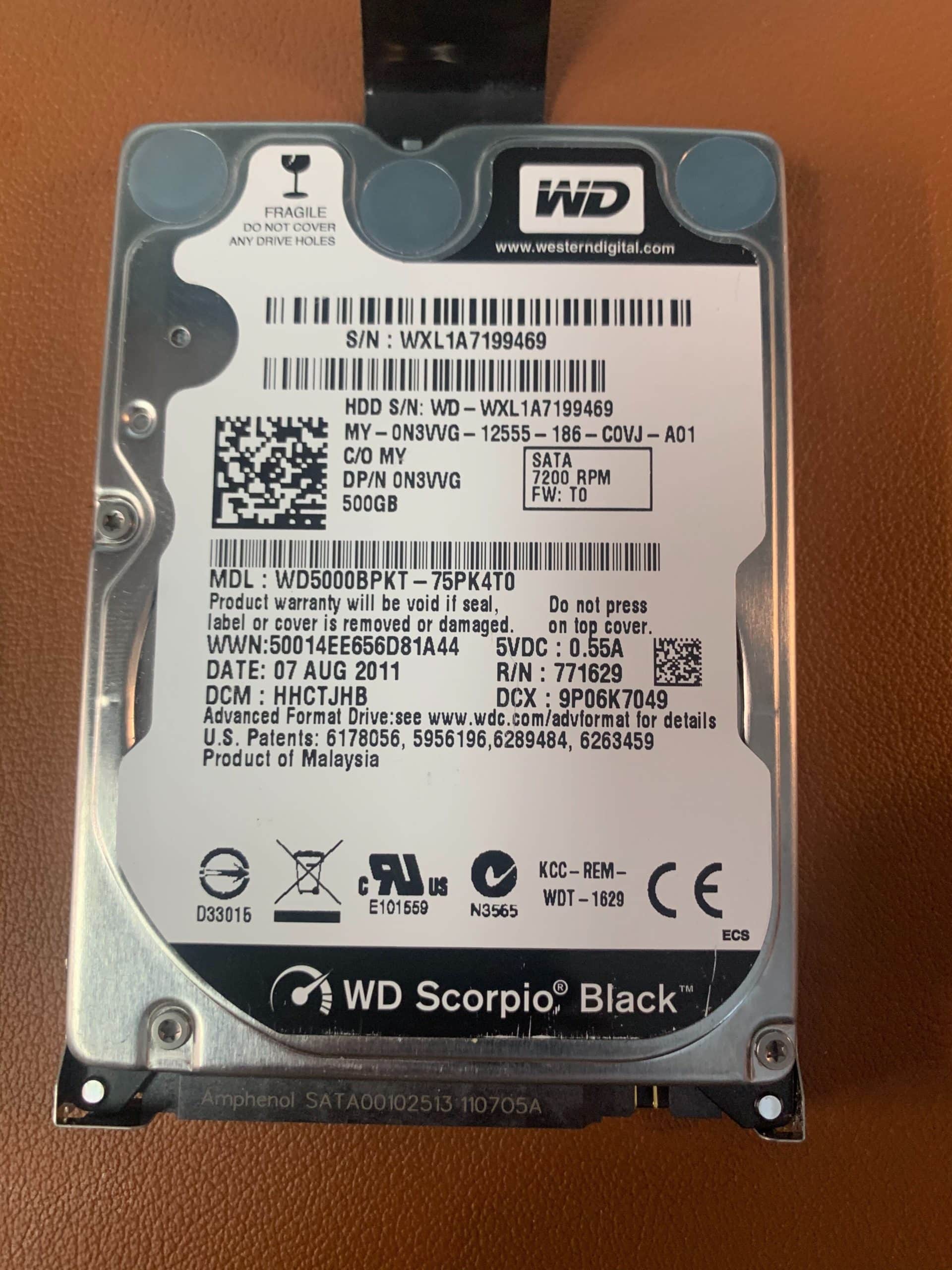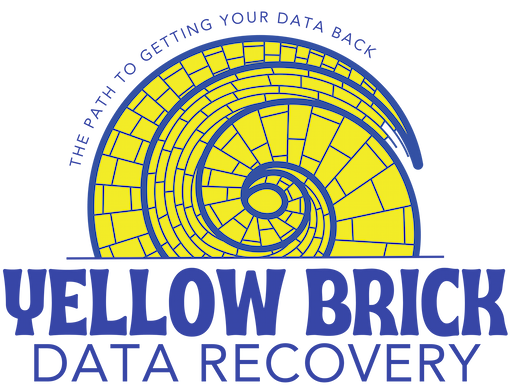This Western Digital data recovery was referred by a shop near Partridge, Kansas. The hard drive was thought to have some kind of heads issue as it wouldn’t read on a computer, but you could hear it spin up and start seeking. The repair shop told the client they figured the problem must be internal since the recovery computers they had wouldn’t even recognize the drive at all. This particular shop has recommended us over the years for affordable lab data recovery when they are not able to recover the drive themselves.
Western Digital Data Recovery – Slow Fix
This particular WD5000BPKT model is known to have a firmware issue called the “Slow Issue”. The fix has been used so much that it is now called the “Slow Fix”. It is a fairly widespread issue on Western Digital hard drives.
The issue with the firmware is that a particular firmware module gets corrupted. This module is almost always module 32, but sometimes module 2 is involved as well. These modules must be read by the drive during use, so when they become corrupted the drive may read and write incredibly slow, or not read and write at all. And by incredibly slow, I do mean very, very, very slow. Like moving a single picture could take a day or two to complete.
Because the drive is running so slowly it won’t even mount on the computer for possibly hours, if it does at all. I have even seen the firmware be corrupted in a way that causes the drive to make an audible clicking sound that sounds exactly like a heads failure. Anytime I hear about issues with a WD drive, I always remember to check these firmware modules for corruption to make sure that is not the cause of the issues.
In order to fix the slow issue, you have to clear the module of the entries that are making it corrupt. Normally that is a straightforward process of backing up all the firmware modules, then opening module 32 and removing all data from below the header. If module 2 is corrupt, it is usually a very similar process of backing up all firmware modules, then editing module 2 to 0’s between certain values. I am not going to list those values here because you shouldn’t mess with module 2 unless it is necessary. I have seen quite a few techs cause all kinds of issues on drives by messing with module 2 when it wasn’t necessary.
Replacing the corrupt firmware with donor
This drive ended up not being as simple as this fix usually is. I was able to back up the firmware modules but was not able to edit or clear the issue in module 32. Every once in a while this will happen but you can get around it by importing a good donor copy of the firmware to the drive to replace the corrupted module. The process is usually pretty straightforward with the PC-3000 as long as you have a compatible firmware module available, but sometimes there can be hiccups and the repair can be more difficult.

In this case, I did not have the correct firmware module already available for this particular drive, but I did have another donor drive that was compatible! So I just had to back up the good firmware from the donor drive, and write a copy to the bad drive.
Imaging the WD5000BPKT hard drive
Once the firmware issue was resolved, I was able to access the data on the platters at full speed. The heads tested good and I started the imaging process. I was able to image 100% of the sectors on the drive. The client was pleased to get all their data back without having to pay for an expensive heads swap as he had been quoted for in the past.
Start Western Digital Data Recovery
Please let me know if you have any questions about a data recovery project. I would love to help you get your important data back with my affordable data recovery services. If you would like to get a quote on a recovery project you have, please fill out my quick quote form to get started.
Thanks for reading!
Drive info: Western Digital WD5000BPKT, MDL: WD5000BPKT-75PK4T0, WWN: 50014EE656D81A44, DATE: 07 AUG 2011, DCM: HHCTJHB, DCX: 9P06K7049, FW: T0, Product of Malaysia

1 thought on “Western Digital Data Recovery – Disoriented Module 32 Slow Fix”